Puzzle for a 4-Year-Old: How Many Pieces? A Complete Guide to Support Your Child’s Progress
At 4 years old, children are increasingly independent. They are curious, focused, and ready to tackle more complex visual challenges. Their fine motor skills have improved, and they are developing stronger cognitive abilities. Puzzles remain one of the most effective educational tools at this age. But one key question remains for many parents: How many pieces should a puzzle have for a 4-year-old?
In this article, we’ll guide you through everything you need to know to choose the ideal puzzle for a 4-year-old. We’ll explore how many pieces are appropriate, how to evaluate the level of difficulty, and how personalized puzzles from SwappyPrint.com can enhance your child’s experience.
1. Why puzzles are even more beneficial at age 4
By age 4, children have better concentration, more refined motor control, and a growing sense of autonomy. They are ready to engage in longer, more structured activities. A puzzle at this stage provides multiple benefits:
-
Fine motor skills are strengthened. Children handle puzzle pieces more precisely than they did at age 2 or 3.
-
Visual logic and observation improve. They learn to identify edges, shapes, colors, and patterns.
-
Visual memory is reinforced. They begin to recall which areas they’ve tested and how the image fits together.
-
Independence increases. Many children enjoy solving puzzles on their own or with minimal assistance.
-
Self-confidence grows. Completing a more complex puzzle gives a real sense of achievement.
Puzzles are no longer just a play activity. They become a learning tool that nurtures both logic and patience.
2. Puzzle for a 4-year-old: how many pieces?
Most specialists agree that puzzles with 30 to 50 pieces are well suited for 4-year-olds. This range bridges the gap between the easier puzzles of toddlerhood (12 to 24 pieces) and the more challenging ones they’ll tackle at age 5 or 6 (60 to 100+ pieces).
2.1. A natural progression from age 3
At 3, most children are introduced to puzzles with 12 to 24 pieces. By 4, many are ready to move beyond that, especially if they’ve already completed 30-piece puzzles with confidence.
The ability to solve a 40- or 50-piece puzzle depends on several factors:
-
The child’s prior experience with puzzles
-
Their attention span and focus
-
The clarity of the image (bold, colorful puzzles are easier to solve)
2.2. A 30-piece puzzle remains a great starting point
Even at age 4, a 30-piece puzzle can still be a perfect choice — particularly if the child is new to puzzles or lacks confidence. It can also serve as a warm-up or transition to larger formats. At SwappyPrint.com, our 30-piece personalized puzzles are often used by families to support this step-by-step progression.
2.3. Moving toward 50 pieces or more
Some children are ready for puzzles with 50 to 60 pieces by the second half of the year, especially if they enjoy challenges and have built up experience. The key is to observe your child’s motivation and how they handle new formats. A visually complex image can make even a 40-piece puzzle quite challenging, so image clarity matters.
3. How to choose the right puzzle for a 4-year-old
Piece count is only one factor to consider. Here are other elements that make a puzzle suitable:
3.1. Piece size and quality
By age 4, children can handle smaller pieces, but it’s still important to choose puzzles made from thick, durable material that are easy to grasp. At SwappyPrint, our puzzles are printed on sturdy cardboard with clean-cut shapes for a smooth, frustration-free experience.
3.2. Image clarity
Choose an illustration that includes clearly defined areas: recognizable characters, vivid color zones, or visual landmarks like sky, grass, or faces. These help the child make quicker associations while solving.
3.3. Theme
At this age, children are particularly drawn to puzzles that reflect their own world: animals, vehicles, family scenes — or even better, a picture of themselves. That’s where personalization can make a huge impact.
4. Why a personalized puzzle is perfect at this age
At 4 years old, children enjoy stories, memories, and recognizing themselves or loved ones. A personalized puzzle — based on a real photo — turns the puzzle-solving experience into something emotionally meaningful.
-
It gives the child extra motivation to finish, since they want to see the result.
-
It strengthens emotional connection to the activity.
-
It encourages storytelling and conversation: “Remember when we took that photo at the beach?”
-
It builds pride: children love showing off a puzzle where they are the central figure.
At SwappyPrint.com, our 30-piece personalized puzzles are designed for this age range — a gift that’s playful, memorable, and educational.
5. How to support a 4-year-old while doing a puzzle
While your child is more independent at 4, your presence and encouragement still play a key role in their learning.
Here are some tips to guide the process:
-
Set them up in a quiet, well-lit space.
-
Encourage them to start with corners and edges.
-
Ask open-ended questions to stimulate thought: “Where else do you see this color?”
-
Celebrate small victories.
-
Let them work on their own, but stay close to guide if they ask for help.
The goal is to keep puzzle time enjoyable, confidence-building, and pressure-free.
6. What comes after 30 or 50 pieces?
Once your child can complete a 30- or 50-piece puzzle comfortably, it may be time to increase the challenge.
At SwappyPrint, we offer 110-piece personalized puzzles, which are a great next step. They allow your child to:
-
Work in multiple sessions.
-
Begin with your help, then finish solo.
-
Return to familiar puzzles to beat their previous times or work more independently.
This kind of progression helps develop focus, problem-solving, and resilience.
7. Summary: How many pieces for a 4-year-old’s puzzle?
-
For children with limited puzzle experience: 30 pieces
-
For children who are comfortable with puzzles: 40 to 50 pieces
-
For highly motivated or experienced children: up to 60 pieces
-
At SwappyPrint: Start with 30, move up to 110 before trying 252 or 500
What matters most is matching the puzzle to your child’s current interest and confidence level.
Conclusion
At age 4, your child is ready to take on more complex challenges. Puzzles offer the perfect opportunity to strengthen their logic, patience, concentration, and self-esteem. A puzzle with 30 to 50 pieces is ideal at this stage, especially when it’s adapted to your child’s pace and supported with encouragement.
A personalized puzzle adds even more value. Your child reassembles a meaningful image — a family moment, a favorite pet, a vacation memory — and turns a fun activity into an emotional and educational experience.
At SwappyPrint.com, we offer high-quality, personalized puzzles in 30 and 110 pieces, perfect for this key stage in your child’s growth. Our puzzles are designed to help your child learn, grow, and build happy memories at their own rhythm.
Looking for the perfect puzzle for your 4-year-old?
Visit SwappyPrint.com and turn your favorite photo into a fun, meaningful challenge for your child.

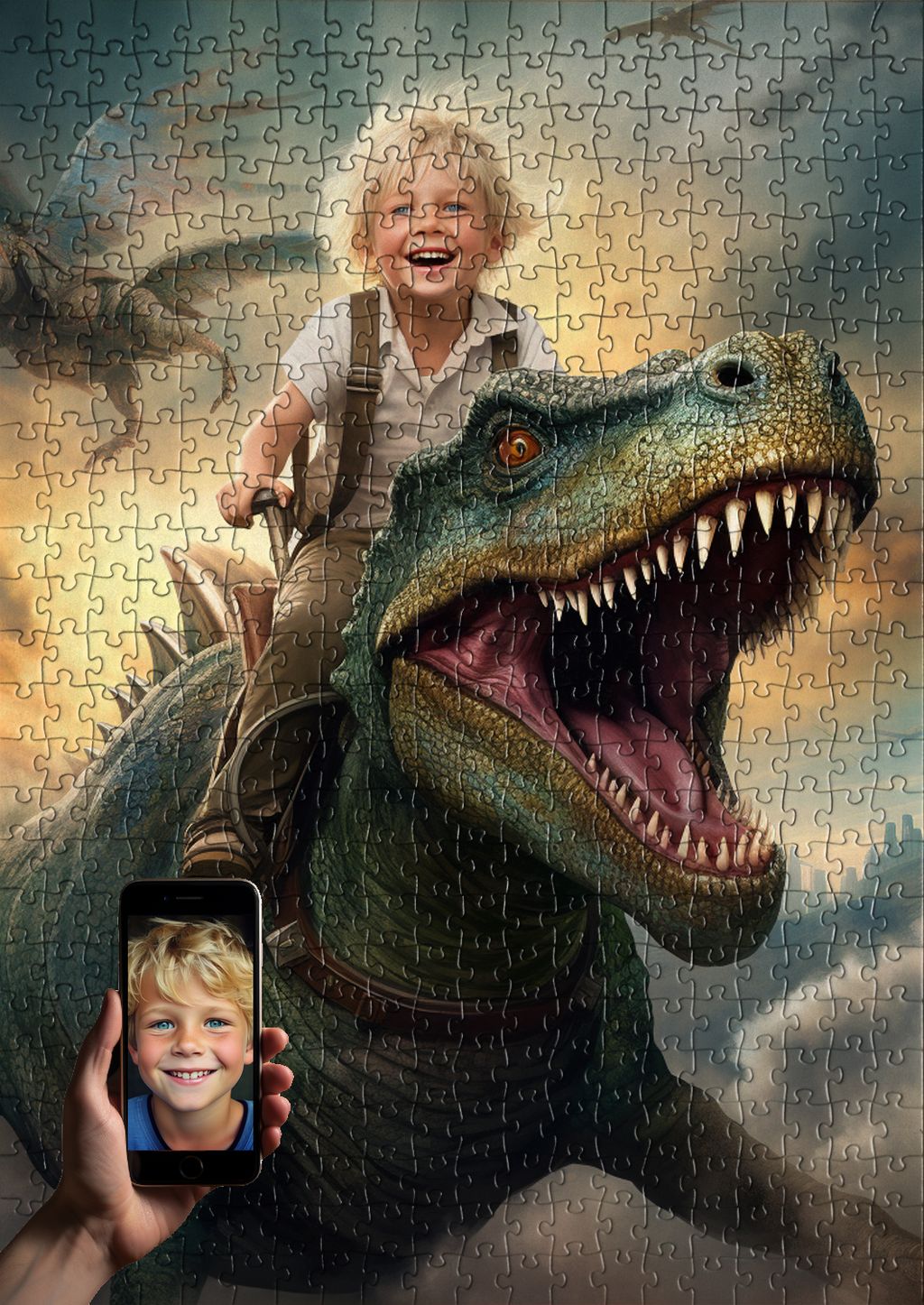

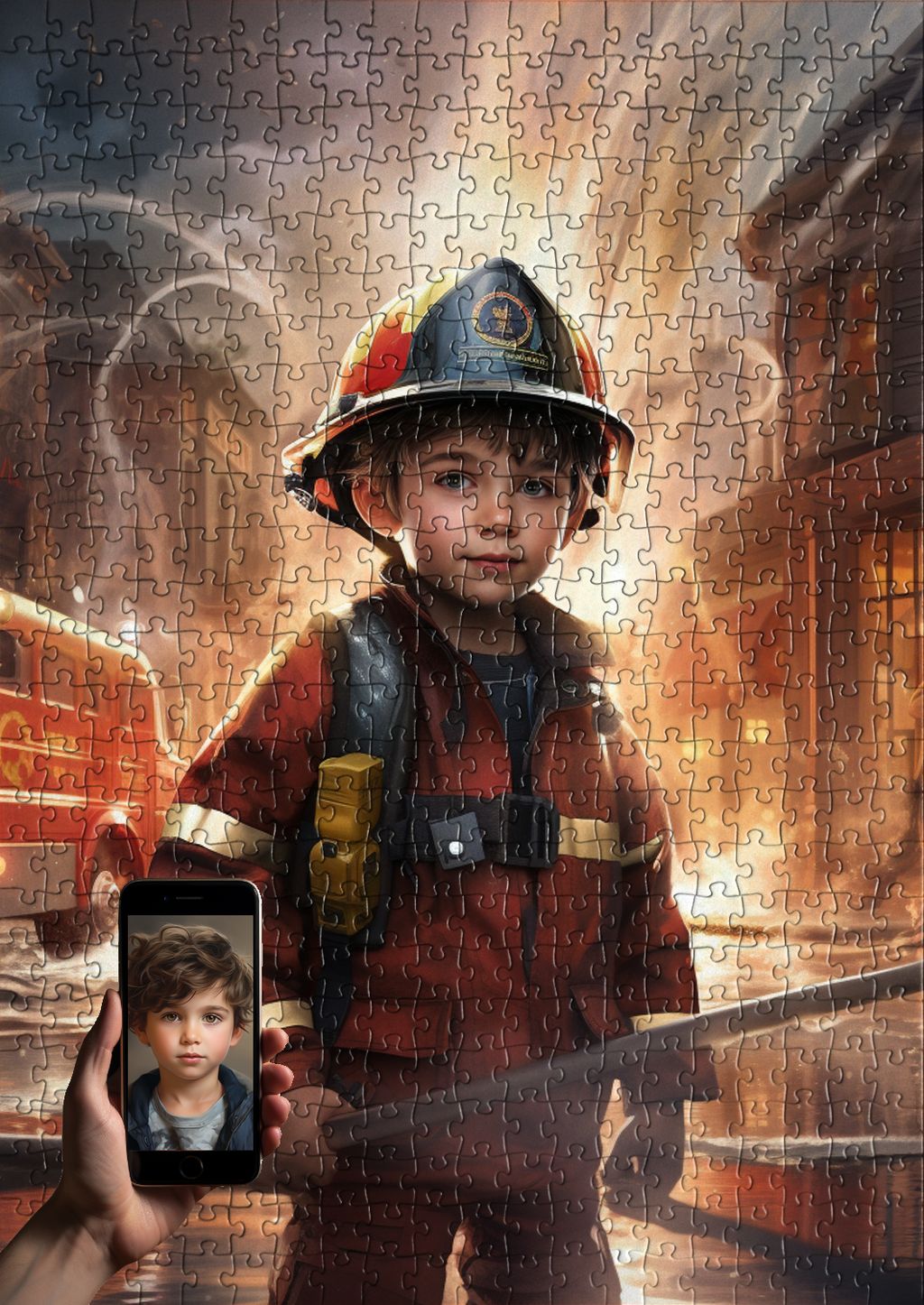
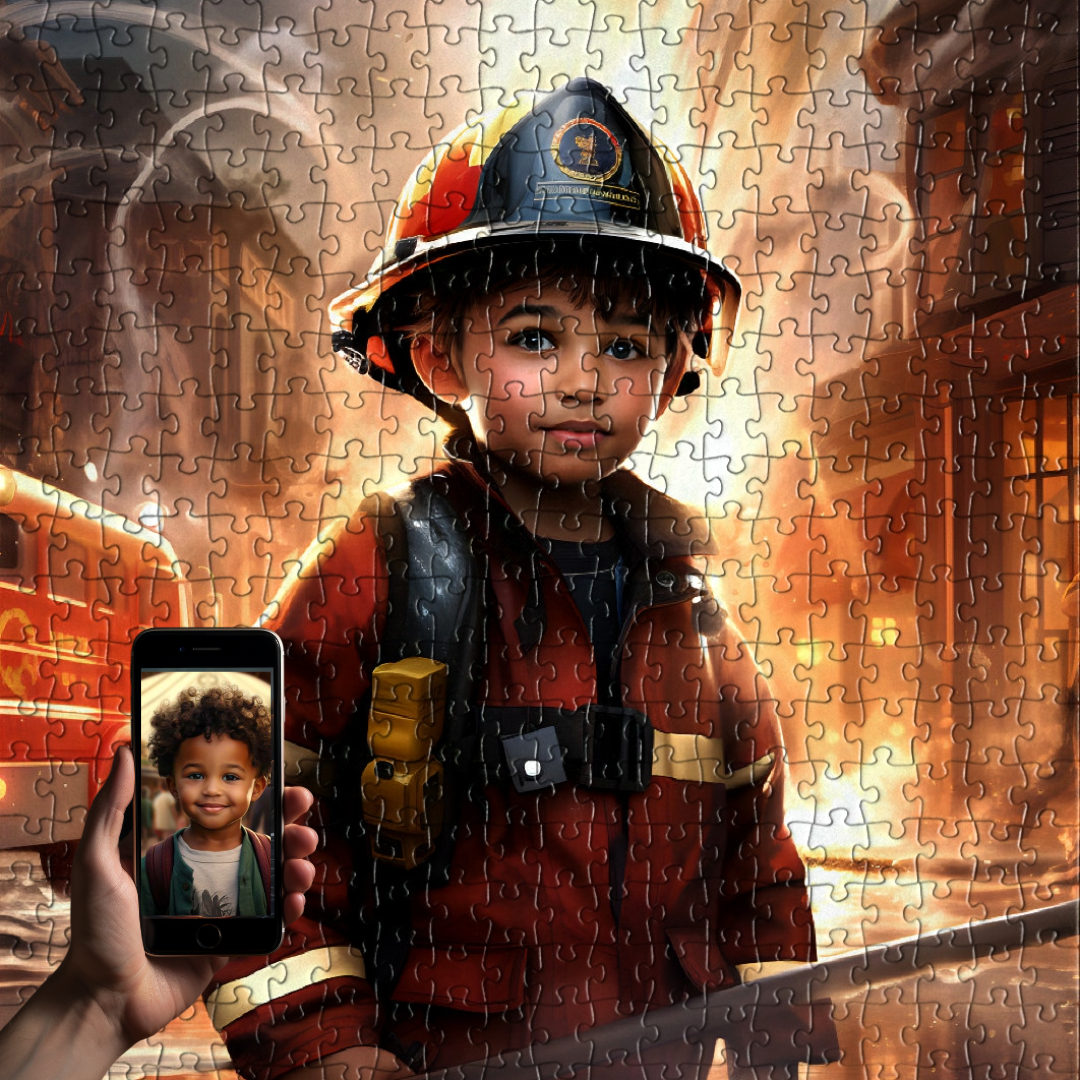
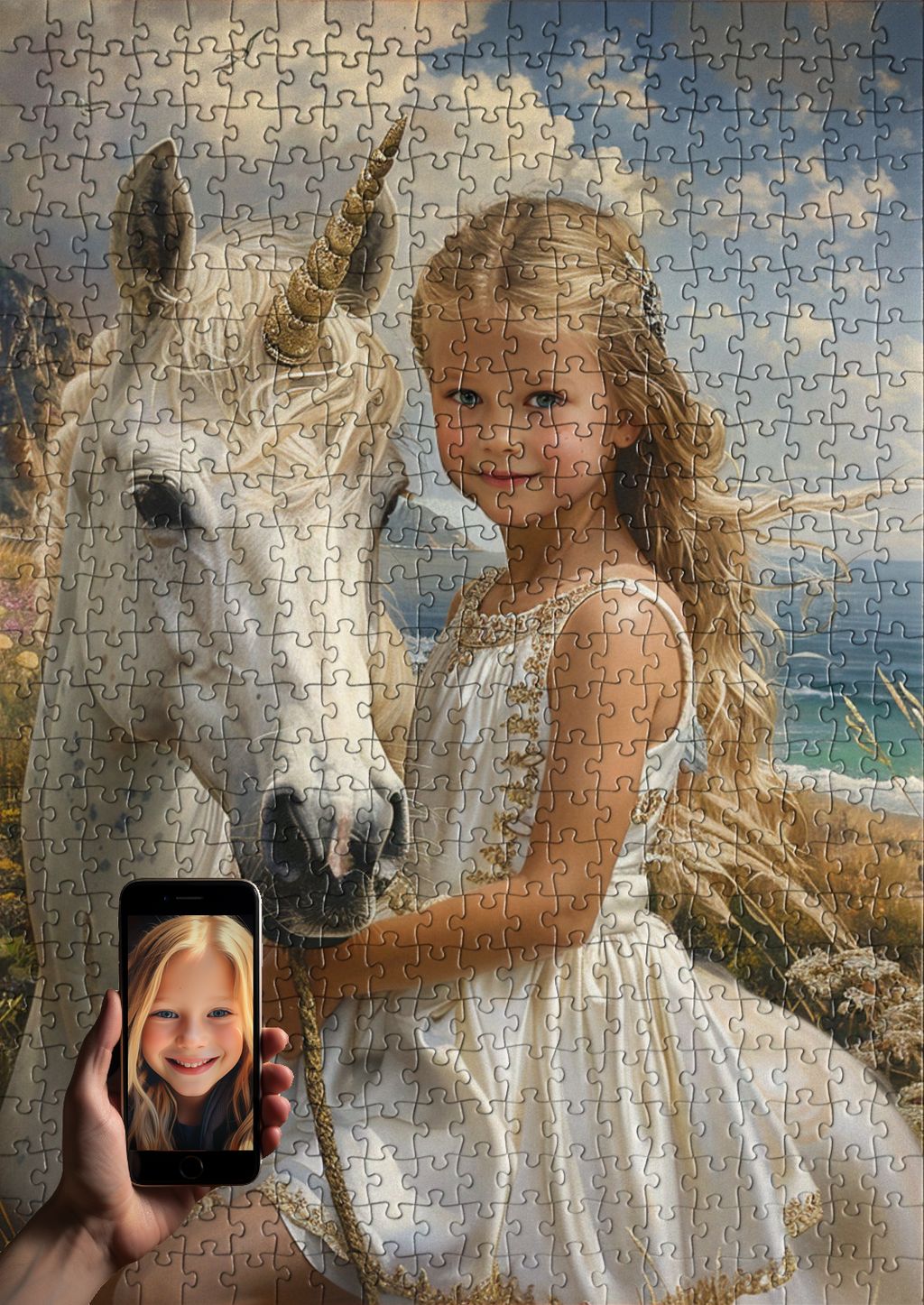
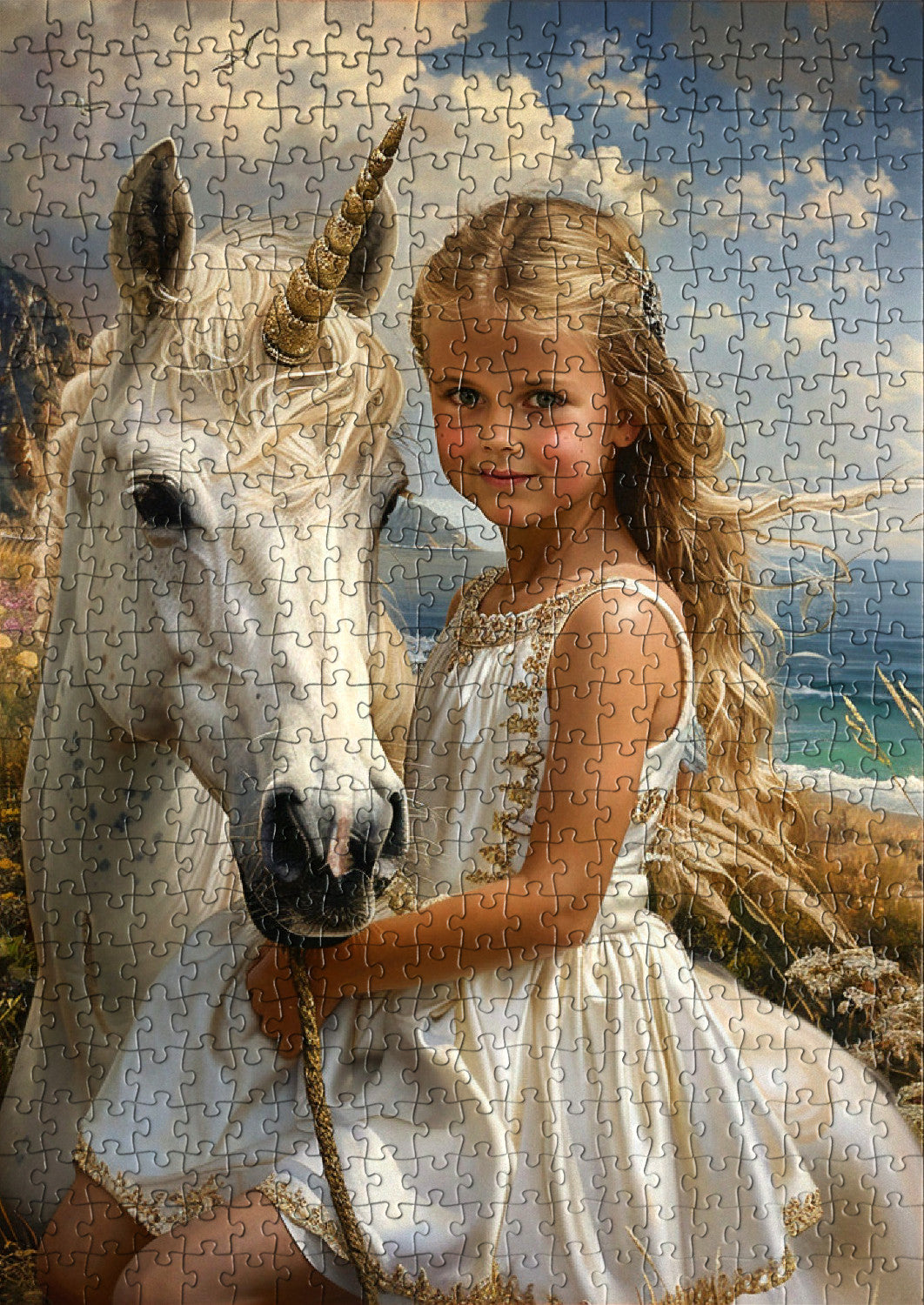
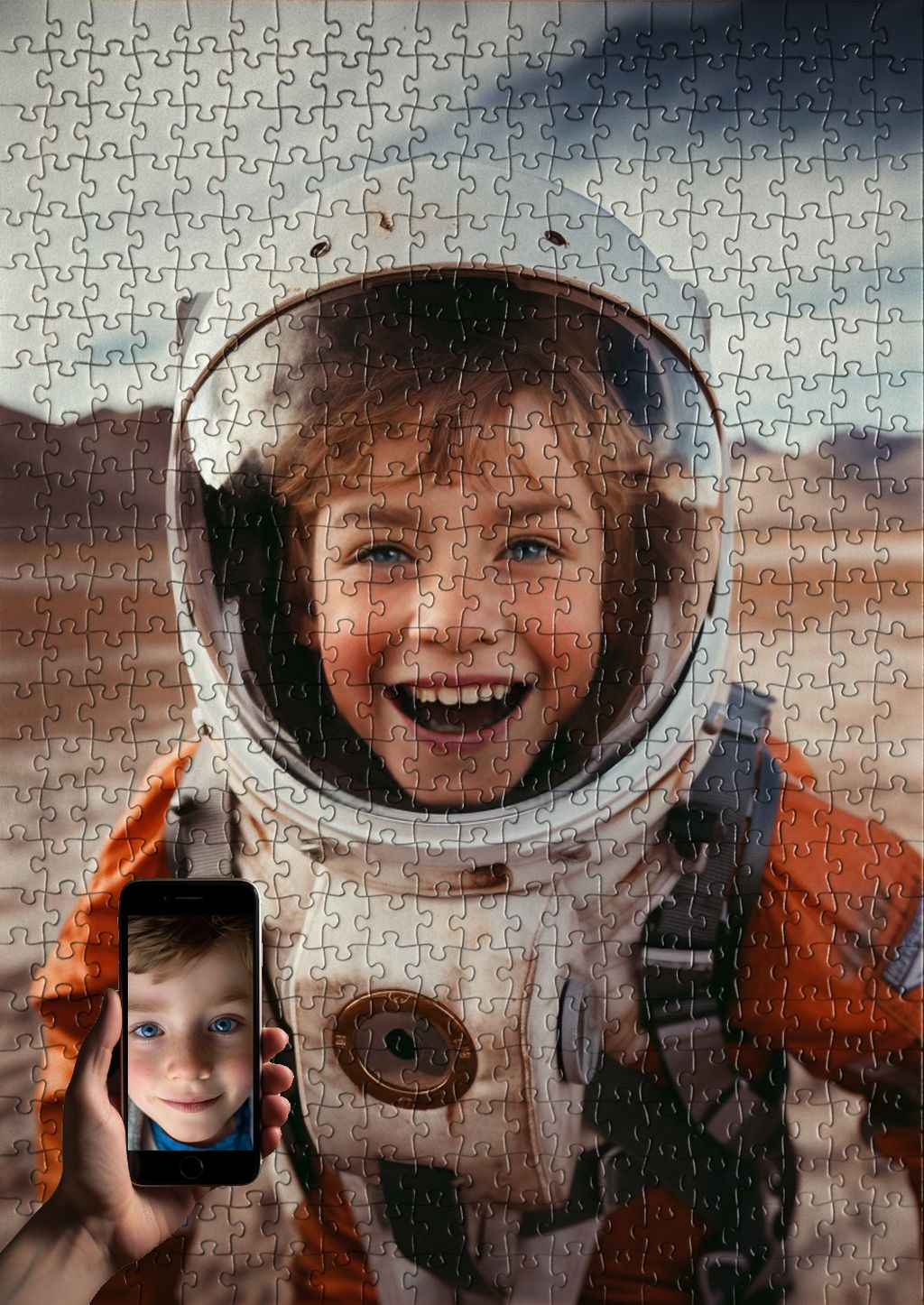
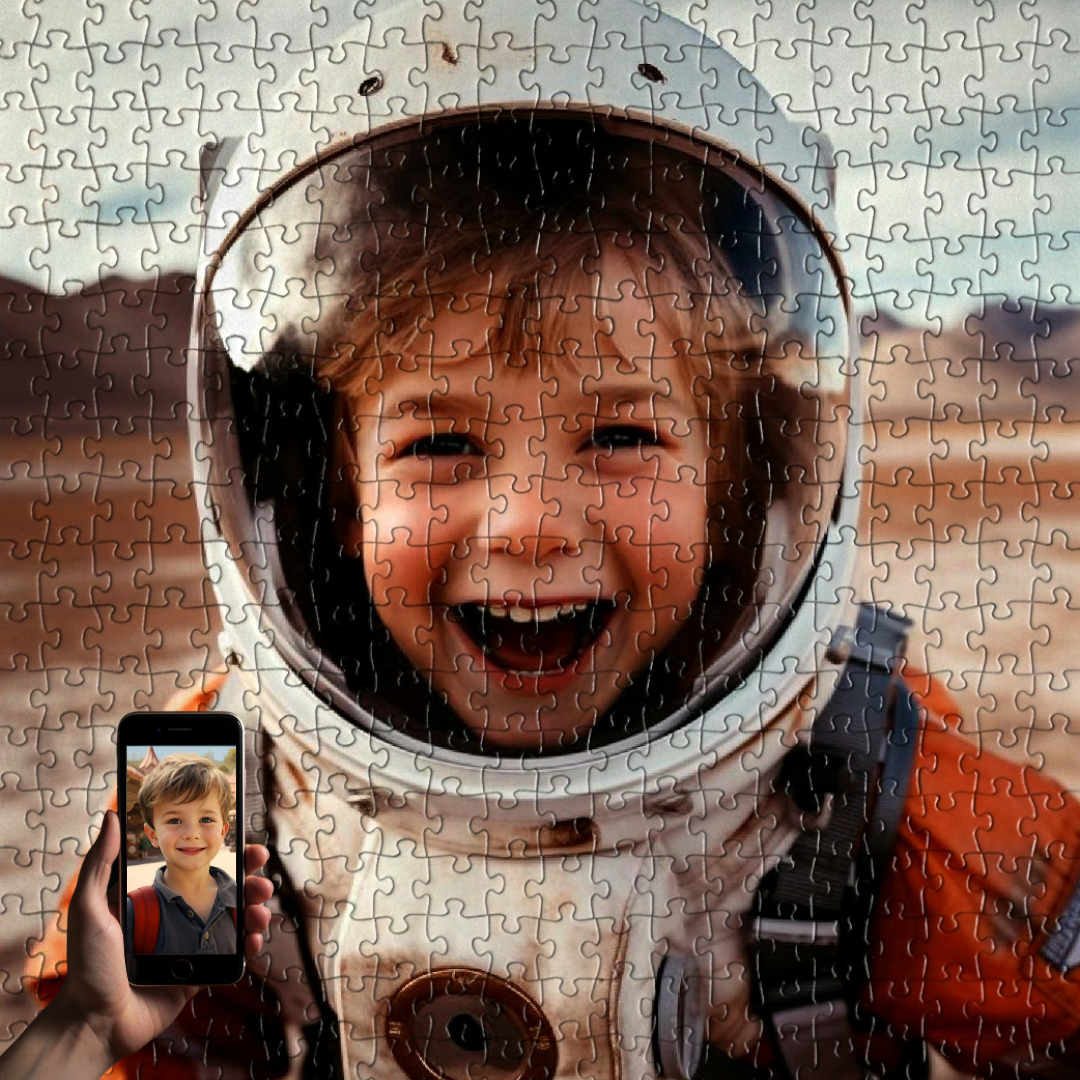
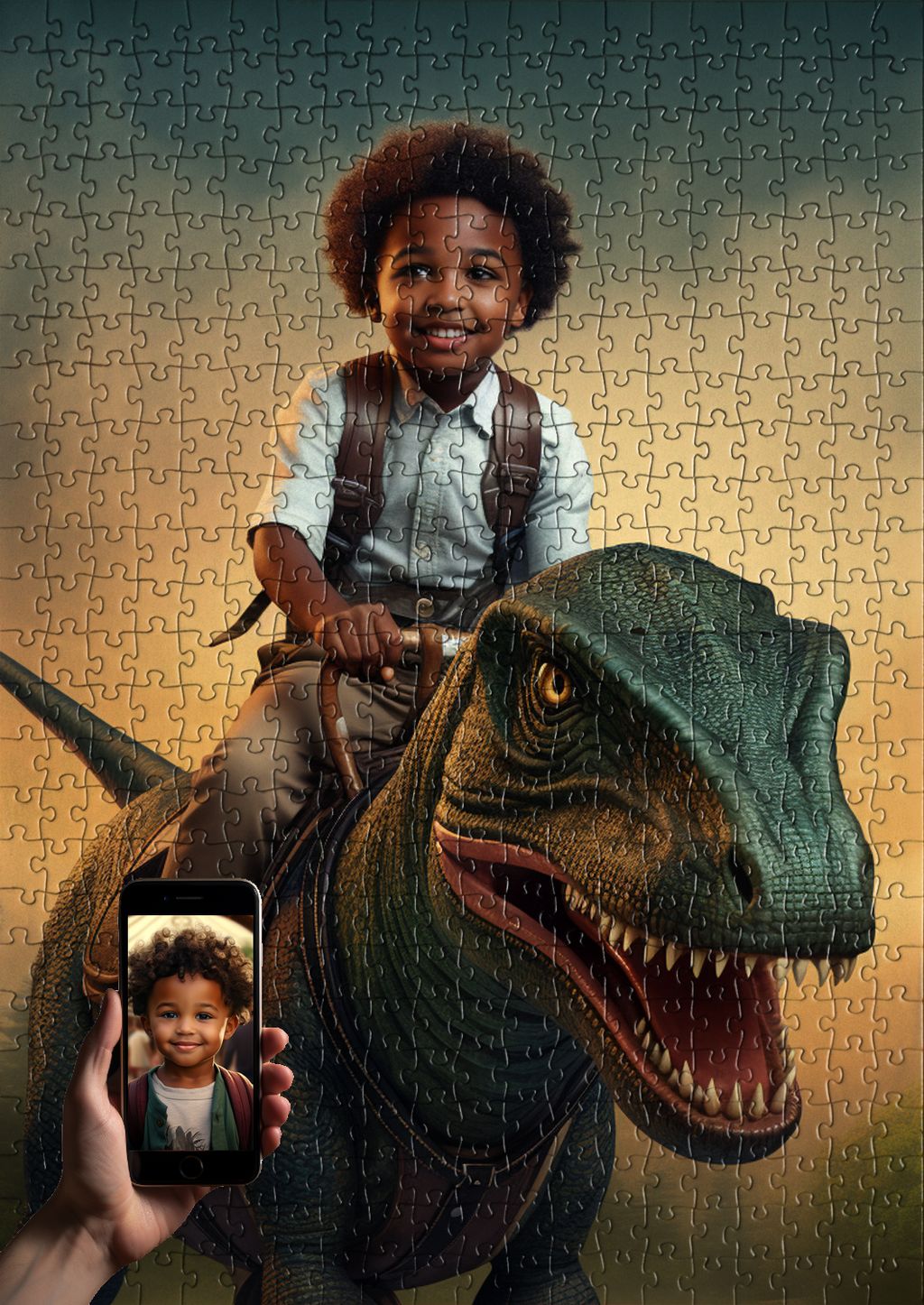
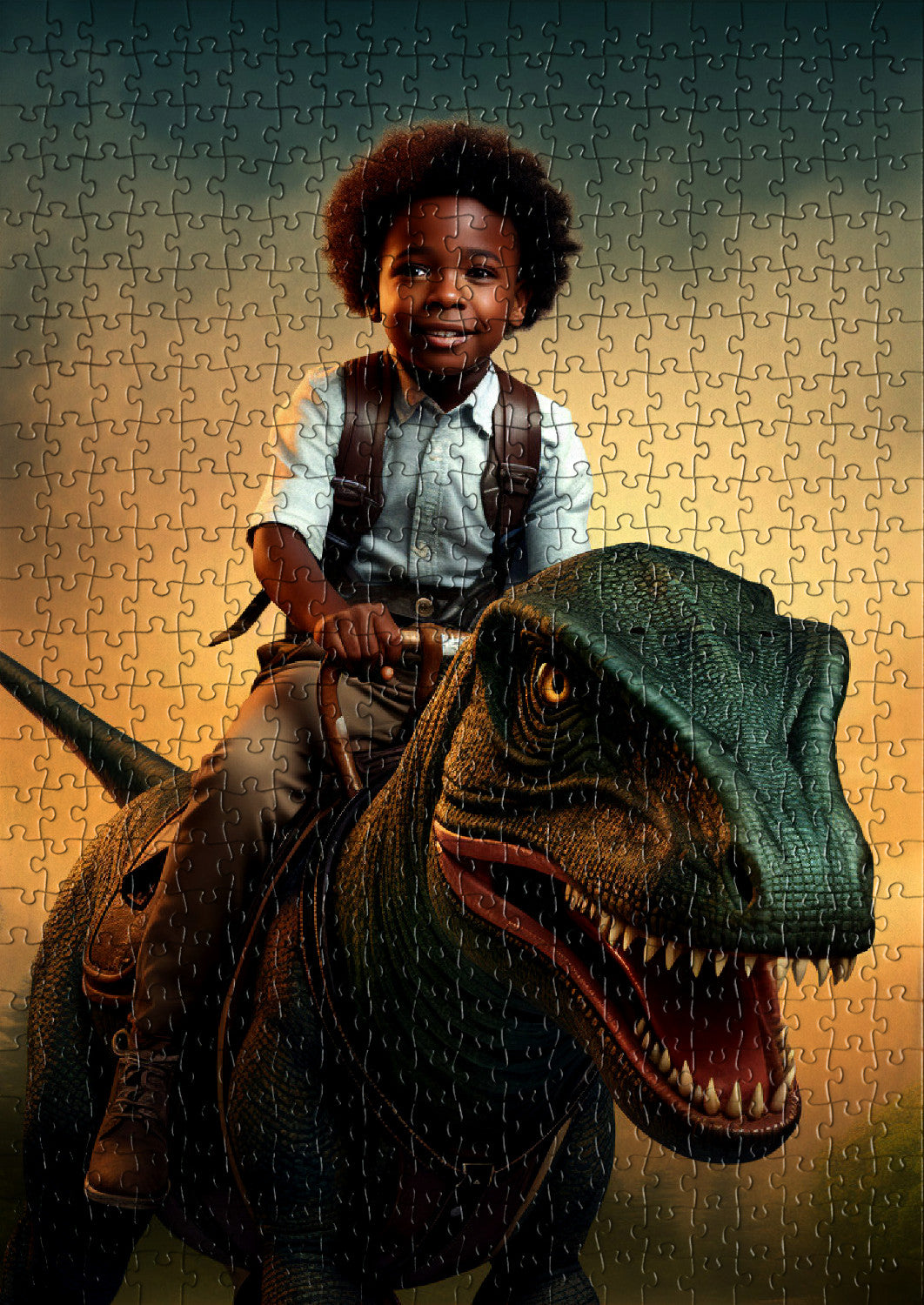
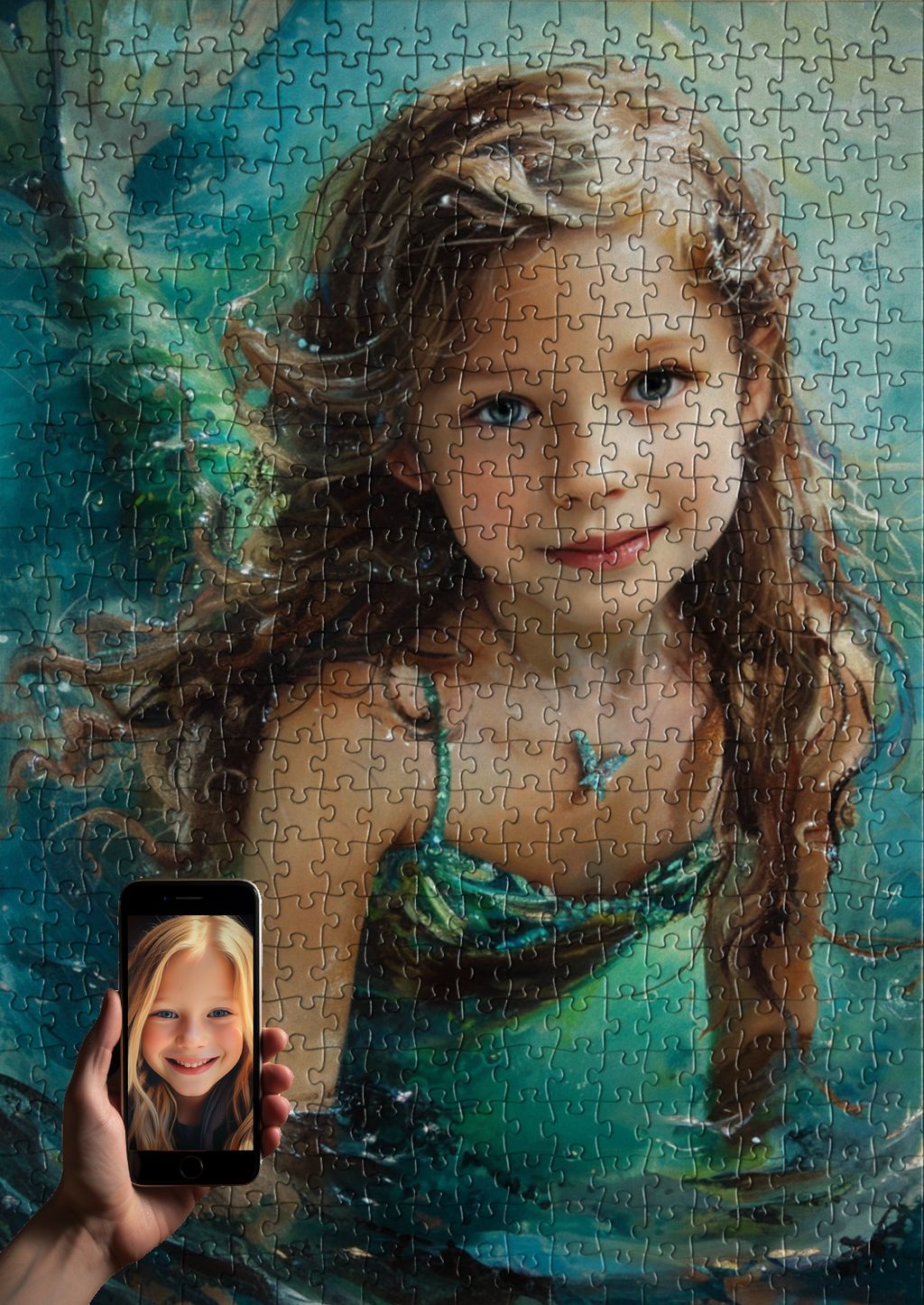
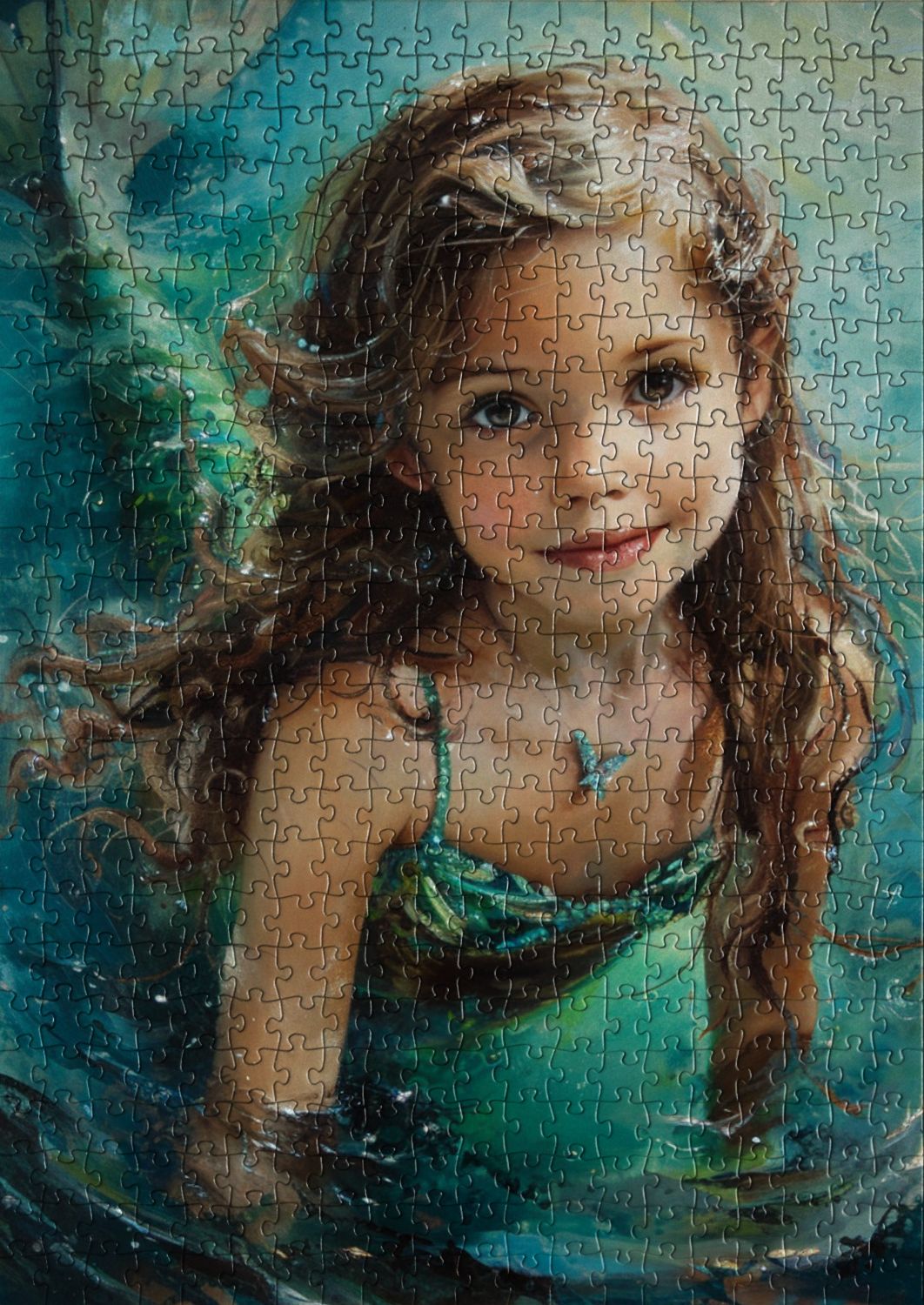

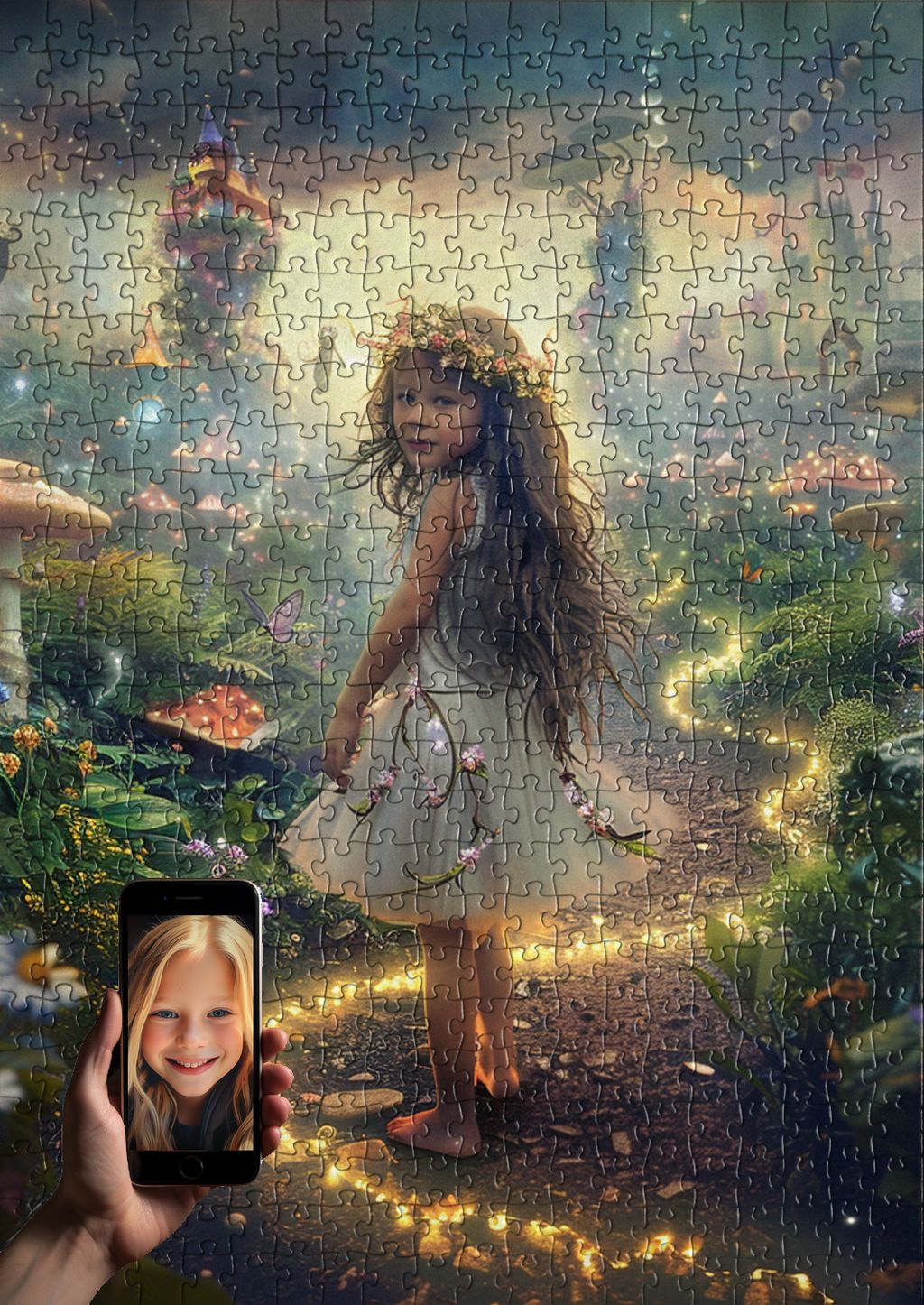
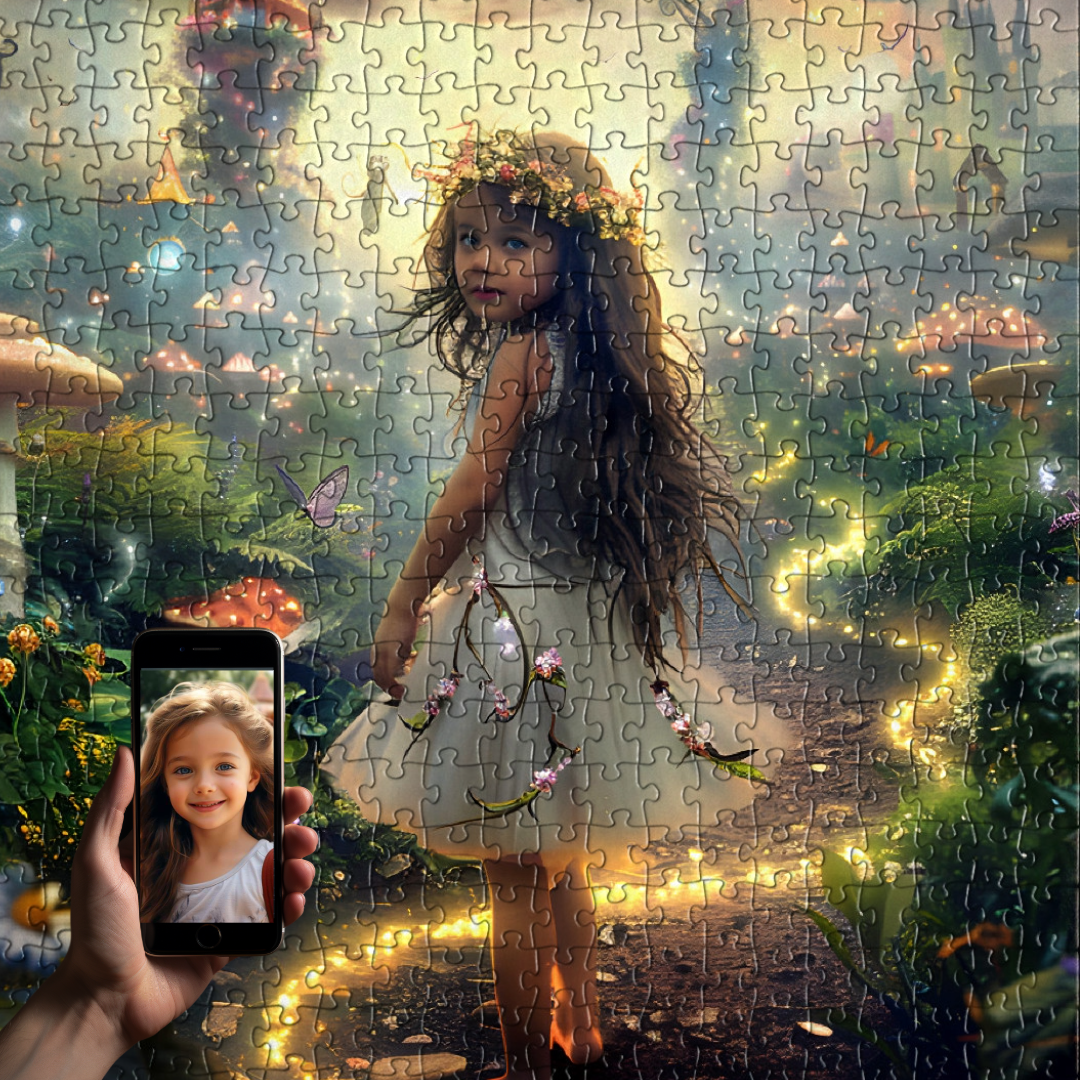
Share and get 15% off!
Simply share this product on one of the following social networks and you will unlock 15% off!